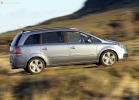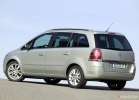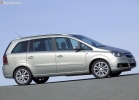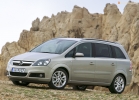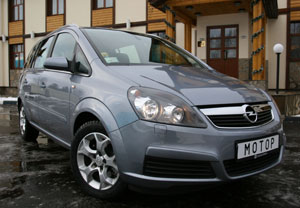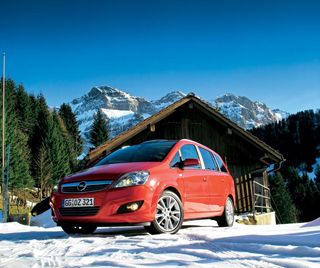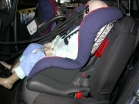Test drive Opel Zafira 2006 - 2008 Minivan
How about Minivan?
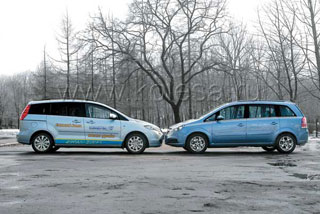 The sun began to play on a slightly wet asphalt, summer rubber creaks in corners. The summer is about to sneak; Children will ask for a lake, wife to mother in the garden.
The sun began to play on a slightly wet asphalt, summer rubber creaks in corners. The summer is about to sneak; Children will ask for a lake, wife to mother in the garden. And again, the trunk will not close due to the abundant accumulation of agricultural cultures; On the roof, where a snowboard was recently fixed, seedlings will be turned out to be, and in the back seats, children will crowded with a dog, and four more bags with things, without which the wife does not think a country vacation. And therefore, collect children, prepare food, wife - navigator (no, no, the wife must be taken for sure, otherwise it will be offended) and nature. Do you need a more common car? Fast and interesting externally? How about Minivan?!
Inaccurate terminology
What kind of car is understood by the word minivan, everyone decides for himself. Different sources call the same car the same car, a compact van, a universal of increased capacity: sit on the Internet, polystyle the periodicals, everyone says as they want. Should there be seven places in Minivan? Or is five enough? How should the salon transform?
The cars we tested, according to the most accepted terminology, should be called compact-wenes. Although they are seven -seater, the third row of seats in them is unambiguously childish. And in terms of dimensions, they are inferior, for example, Kia Carnival, Mitsubishi Grandis or Chrysler Voyager. What does not detract from the merits of our today's heroes: a large family on such cars is much more convenient than on an ordinary sedan.
Since the beginning of April, the Mazda dealerships show have replenished with a new character: in Russia, sales of the Mazda5 CDW began. To evaluate the maximum advantages of this car, we took on the test the most powerful, two-liter 145-horsepower version with a mechanical (not given) gearbox.
A famous player in this Opel Zafira segment was chosen a competitor in the class. She has 1.8- and 2.2-liter gasoline engines, but for us they prepared a 2-liter, turbocharged version. And this is 200 horsepower! Well, the more interesting: Mazda is fresh, but Opel is obviously more powerful. Well, the difference in prices is completely small: the tested five in Active top configuration costs $ 29 150, and Zafira (also in Cosmo top configuration) is about $ 31,000. So, the comparison is quite appropriate.
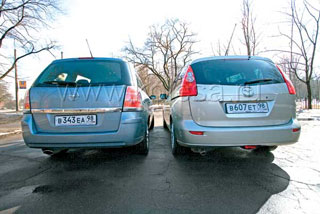 Chubby aesthetics
Chubby aesthetics Creating a beautiful minivan (or compact wan) is probably more difficult than hatchback or sedan: too much you need to push into the salon and have too much to think about internal functionality. That is why cars of this class, as they say, with the abdomen. What is the swiftness, expressiveness of lines, the beauty of the contours but Mazda5 and Opel Zafira are not hopeless! The Japanese seems more elegant and the shape of the headlights is more vague; And the rear lights raised up look more original. Opel is more strict, and a reminder of the presence of a turbine looks modest: only a small nameplate on the back door. Upon closer examination, the appearance of Mazda slightly spoil the grooves of the rear side doors, which are not swinging, but sliding. In general, this decision seems successful: the efforts are the same, and less places are required.
Comfort and dryness
In Mazda at home is comfortable. The embossed seats are well absorbed in the body sophisticated in them and prevent it from crawling on the turns. The steering wheel is convenient to hold in your hands; The column has adjustments in four directions, plus the steering wheel is equipped with a radio control buttons. By the way, for some reason they were not on Zafira. But to set up the seats in the top five turned out to be a difficult activity: the sprocket of adjusting the corner of the back and the microlift lever are a little further and deeper than the usual one, which is why they are not immediately found to the touch.
The Mazda5 salon reigns a pleasant situation from the point of view of ergonomics: all pens-caps are in their places, most of them (after several minutes of development) are blindly; At hand and the lever of the checkpoint. To the left and right of the steering wheel, there are a lot of shelves, where it is drawn to put cigarettes, a lighter, a telephone and other trifling trifles. Only a narrow armrest caused by disapproval, which I would like to move 15-20 cm away from the driver: I had to press the elbow to the back so that it would not slip. True, in Zafira, the armrest was not even in the maximum configuration this option.
The internal decor Opel also caused an ambiguous reaction. He is still the same corporate and cold; Everything here is correct, functionally and extremely technologically advanced, as in the office of the director of a large corporation. One but the car, after all, is family, therefore, in this segment of variegation, it seems to be welcomed.
The steering wheel in Zafira is slightly thicker and softer than in Mazda. True, as we have already mentioned, plastic inserts on its horizontal knitting needles are devoid of radio control buttons and this is the option. The seats seem to be an order of magnitude more stringent, and fixing the back and hips of the driver here is more grip.
True, the feeling of seats depends on the dimensions of the driver: to the one who is worse, apparently, the Mazda chair is more suitable. At the same time, the armrest will be very convenient.
The setting of seats and the steering wheel in Opel caused less bewilderment and took a shorter period of time. Judging by the side mirrors, their visibility was sacrificed by aerodynamics: they are much already than in Mazda, but it still does not reach the critical. An interesting detail of the manual brake bracket: functionally, it is no less convenient than the analog pen, it aesthetically very successfully complements the interior design. But the steering wheel switches are still not fixed: while you are preparing to curtail, turn on the pointer two or three times.
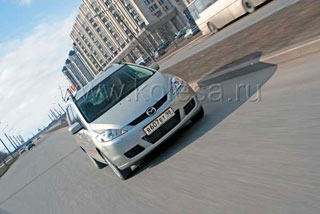 Miracles on turns
Miracles on turns The Japanese compact wen has been located from the moment I launched the engine, which I carried out, not understanding the key-card from my pocket. The sound of work on idle is pleasant as the ear is nervous after 4,000 revolutions. The short first gear allows you to effectively accelerate to 40-45 km/h. The lever easily entered the groove of the second, forcing to pay attention to the clarity of the speed on the installation of three synchronizers for each of the programs. In terms of acceleration intensity, the five does not lag behind Mondeo with a similar 145-light engine.
The third gear, speed is already over one hundred and twenty; The motor continues to briskly accelerate the CD, without reducing the pressure of the bodies of passengers on the backs of the seats. Even after turning on the fourth. At the same time, the suspension successfully copes with restructuring (though allowing minor rolls).
Defects of the roadway can be heard, but difficult to feel: in the pursuit of controllability and comfort, Mazda managers managed to find a middle ground, providing decent fluid indicators. The steering is set to the top five: the steering wheel is noticeably heavy at speed, spelling more sharply at the actions of the driver, and in the parking lot to rotate the wheels is not the slightest labor. If you can find a compromise between the empty steering wheel and too informative, then this was achieved in Mazda. Of the unpleasant impressions, only insufficient sound insulation of wheeled arches, loudly transmitting the blows of small pebbles.
Now transplanted to Opel. While the engine speeds did not reach the working range of the turbocharger, the difference in car behavior was practically not felt. The only thing that attracted attention was extremely tightly tightly clutch pedal. Unusual, but not criminal: many, on the contrary, are appreciated.
And after the shooting before us, all 200 horses launched into the wild. It turned out to be truly a crazy car, turning the driver into himself like that. It was worth it to spin the turbine's blades properly, a dumbfounded expression arose on the faces of passengers: they did not wait.
In order to maintain a rapid acceleration pace, I had to very quickly wield a checkpoint with a handle with a handle, otherwise you rest on a cut -off that is a hopelessly chopping fuel supply. In terms of clarity of the inclusion of gearboards, Zafira is almost not inferior to the five, and in terms of sound insulation even a little ahead of it.
A lot of emotions is delivered by the interactive chassis of the IDS Plus, which works together with the ESP system: honed controllability, there is no shortage of reactivity and understandability of the steering mechanism. The rolls here are even less than in Mazda; I was pleased with the level of comfort on an uneven road. But in terms of smoothness, the Japanese is still ahead.
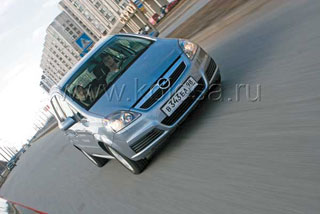 I transform!
I transform! The Opelian FLEX7 system consists of three rows of seats, designed for a maximum of seven people. The seats of the second row can be folded or moved in the longitudinal direction, freeing up a place for large -sized cargo: the seats of the third row are removed separately, forming an even floor. And if there is no front passenger, then its chair can be folded, which will easily allow you to transport skis, snowboarding and other especially long items.
According to a similar scheme, the Japanese system of layout of the Karakuri salon is also arranged. The second row of seats can be made double, and either a armrest or a table with cup holders will be located in the middle. The armrest (in size is more similar to the pillow) hides under the left armchair, and the table gets from under the right. If you lay out the front seats, you get a bed with a flat surface.
In theory, both layout options are easy to use and multifunctional, like transformers from the same (by the way, Japanese) animated series. But in our practice, it turned out that the folding of the second and third rows of seats in Mazda is a slightly more laborious process that interferes with the seat belts, their fasteners and head restraints. In Opel, this procedure delivered less trouble.
National choice
Despite belonging to one class, both of these cars are surprisingly different. Even trifles like a checkpoint selector, adjustments of a chair or a computer screen somewhere is clearly better. Opel has an advantage due to a more powerful engine. But at the same time, Zafira does not have several pleasant options, and, frankly, there are doubts that such a machine needs a 200-horsepower unit. Safety systems and powerful brakes allow to curb the energy of the herd, but still, when working with a gas pedal in such a Zafira, special care is needed. The 145-horsepower Mazda seems more balanced, but Opel can also be selected with a 2.2-liter 147-horsepower unit. There is something to think about.
Mazda5
Prices for Mazda5 start at $ 21,900-for a version with a 1.8-liter 115-horsepower engine. For $ 26,400, you can purchase a car with a 145-horsepower engine. The main configurations are four, and the differences inside are minimal: they come down to the choice of music and heating.
Opel Zafira
The most inexpensive Opel Zafira is $ 19,750 with a 1.6-liter 105-horsepower engine. Pay $ 22 450-and you will receive a car with a 1.8-liter 125-horsepower engine. A turbocharged machine costs from $ 31,900, finally, the price of a 2.2 -liter version is from $ 31,000. There are automatic transmission, the main sets - three, and the dealers will offer an additional many options.
Test cars are provided by the OPEL official dealer, Pragmatist and the official Mazda dealer, Eurosib-Avto company
Text: Alexander Korobchenko, Philip Berezen
Photo: Roman Ostanin
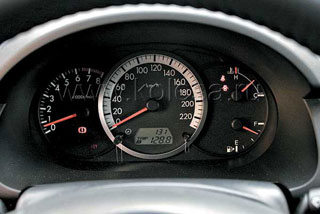
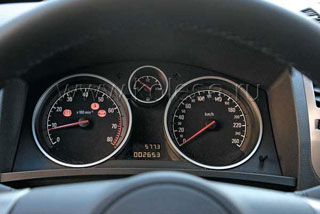
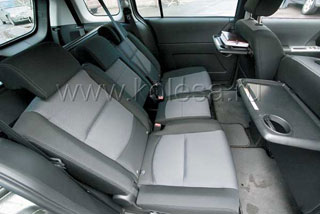
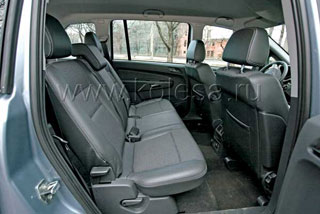
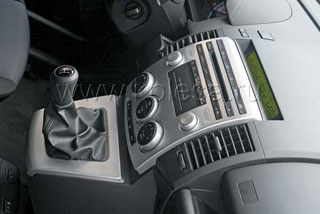
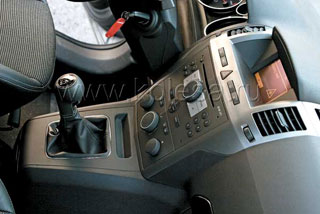
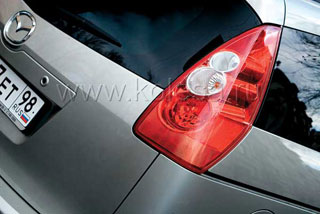
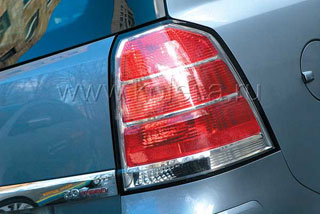
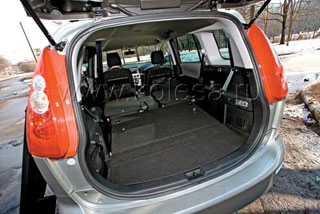
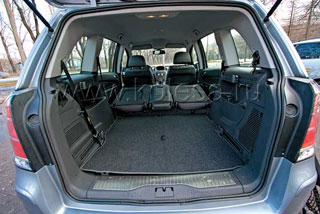
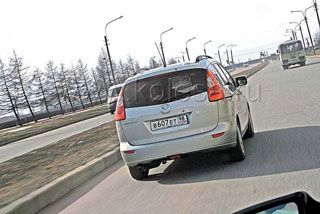
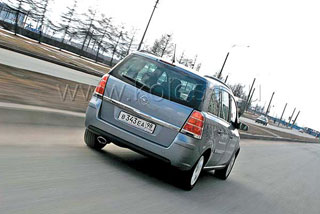
Source: Wheel magazine [No. 103/2006]
Test drive Opel Zafira 2006 - 2008
Crash Test Opel Zafira 2006 - 2008
Krassh Test: Detailed Information33%
Driver and passengers
16%
Pedestrians
37%
Children-passengers
Malfunction Opel Zafira 2006 - 2008
Opel zafira malfunctions: Detailed information| Zafira 2006 - 2008 | |
|---|---|
| Engine |  |
| Transmission |  |
| Control system and suspension |  |
| Brake system |  |
| Air heating and air conditioning |  |
| Launch and charging system |  |
| Electric components and so on |  |
| Corrosion body stability |  |

